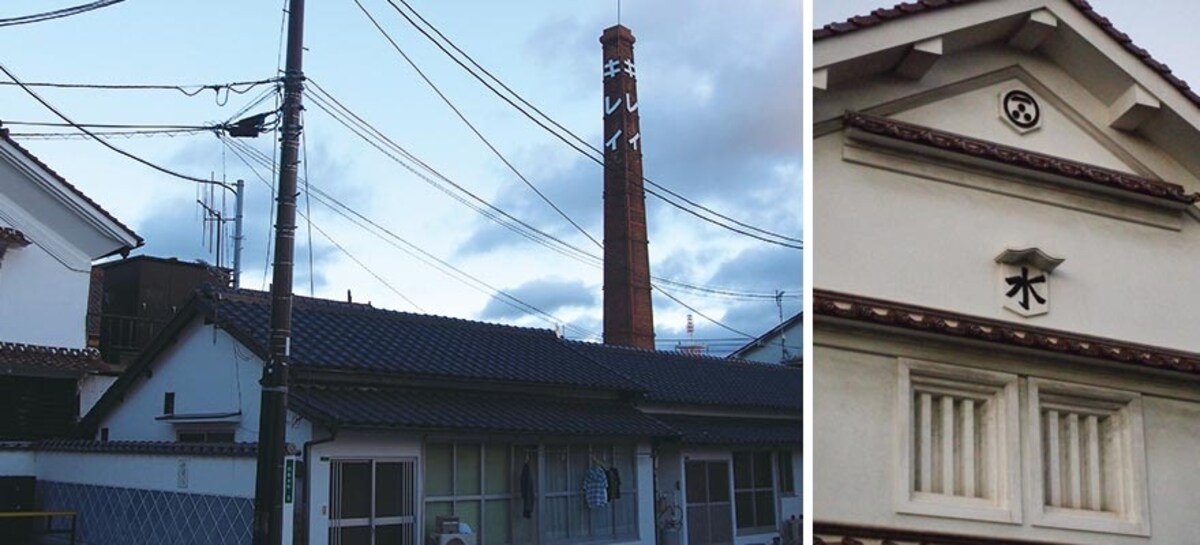The National Research Institute of Brewing
Japan's Jozo Shikenjo, or 'Institute of Brewing,' was established in Tokyo in 1904 as a national research organization for technology related to alcoholic beverages, aiming to improve traditional brewing techniques through scientific research. Since renamed the National Research Institute of Brewing, and moved from Tokyo to the town of Saijo in Higashihiroshima City in 1995, the institute still carries out advanced analysis, evaluation and research on alcoholic beverages. The institute aims to support the sound development of Japan's alcoholic beverages industry as well as the suitable and fair imposition of liquor taxes. It shares its research results with professionals and consumers through lectures, publications and web sites while also hosting contests to evaluate the quality of alcoholic beverages.
With no less than nine sake breweries packed into a small area, the town of Saijo would seem a natural choice for a sake research institute. "The tradition of sake production in Hiroshima dates back to when Senzaburo Miura developed a process for brewing sake with the soft water of this region," explains Dr. Masaki Okuda of the National Research Institute of Brewing. "He determined early on that the processes of brewing with soft and hard water were vastly different, and he taught the techniques he developed to the brewing community here."
Freshwater mineral content varies from region to region, and water of low mineral content is referred to as 'soft water' or nansui in Japanese. In Saijo, the water is famous for its softness. "It used to be that it was more difficult to make sake with nansui," Okuda explains. "But the result is a very smooth sake with a gentle aftertaste." Soft water sake is called onna-zake, or 'woman sake,' which requires slow fermentation over low temperatures to produce. Sake made from water with high mineral content, or hard water, is often called otoko-zake ('man sake'), which Okuda says is because the microorganisms in water become highly active in the high-mineral environment, giving it a harsh edge.
The mineral content of the water used in brewing must be carefully balanced. For example, although a small amount of iron is needed for microorganisms to thrive, too much iron will change the color of the sake and affect its aroma. Thus, the iron content in water used for sake must be precisely controlled at a standard of less than 0.02 parts per million. Other important minerals include magnesium and phosphorus, which help to propagate the sake yeast, and koji fungus that are essential to the brewing process.
In Saijo, the water best suited to sake brewing bubbles up from under a single narrow street called Sakagura-dori, or 'Sake Brewing Street,' around which all of the town's breweries are concentrated. These breweries can be easily identified by their tall brick chimneys.




